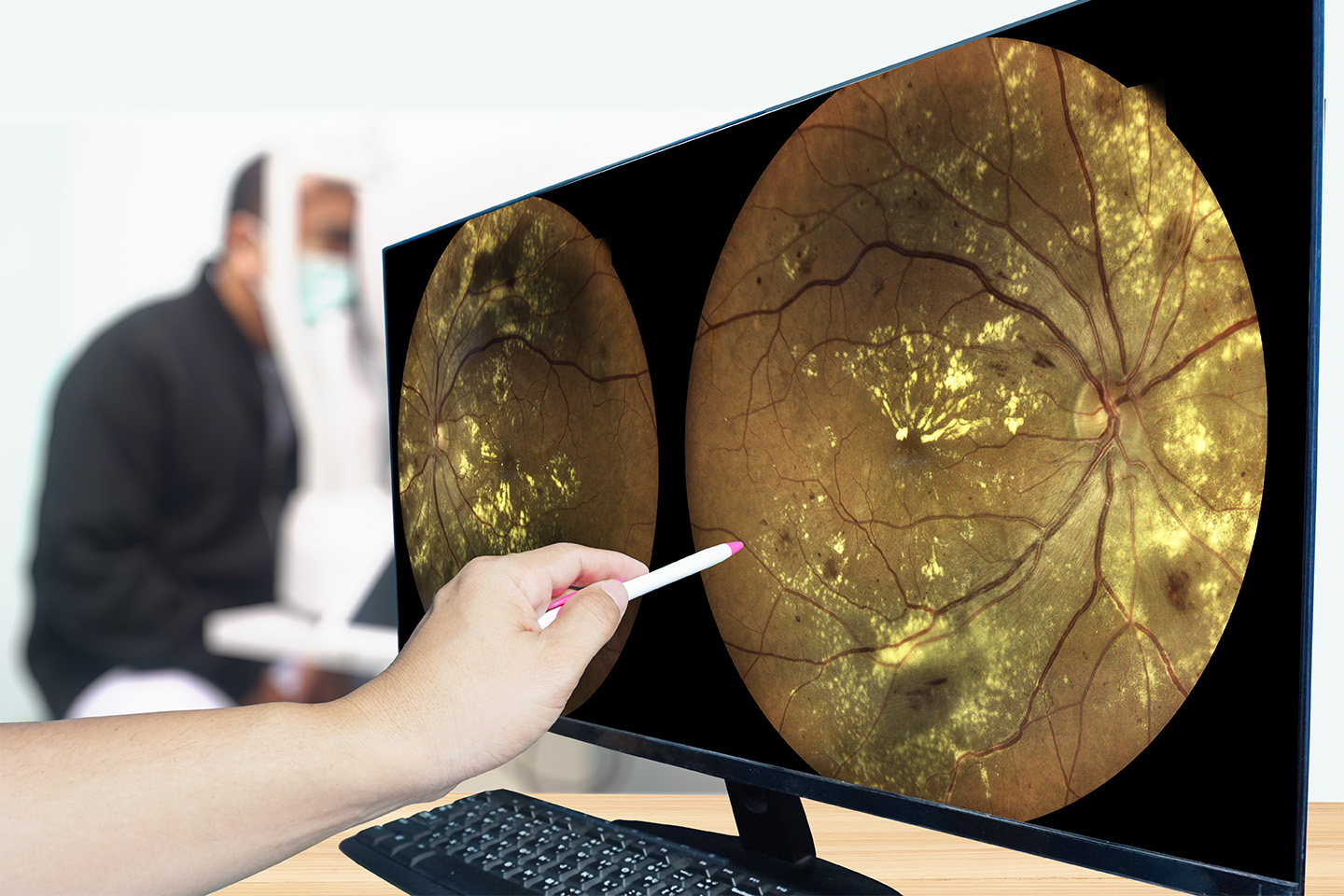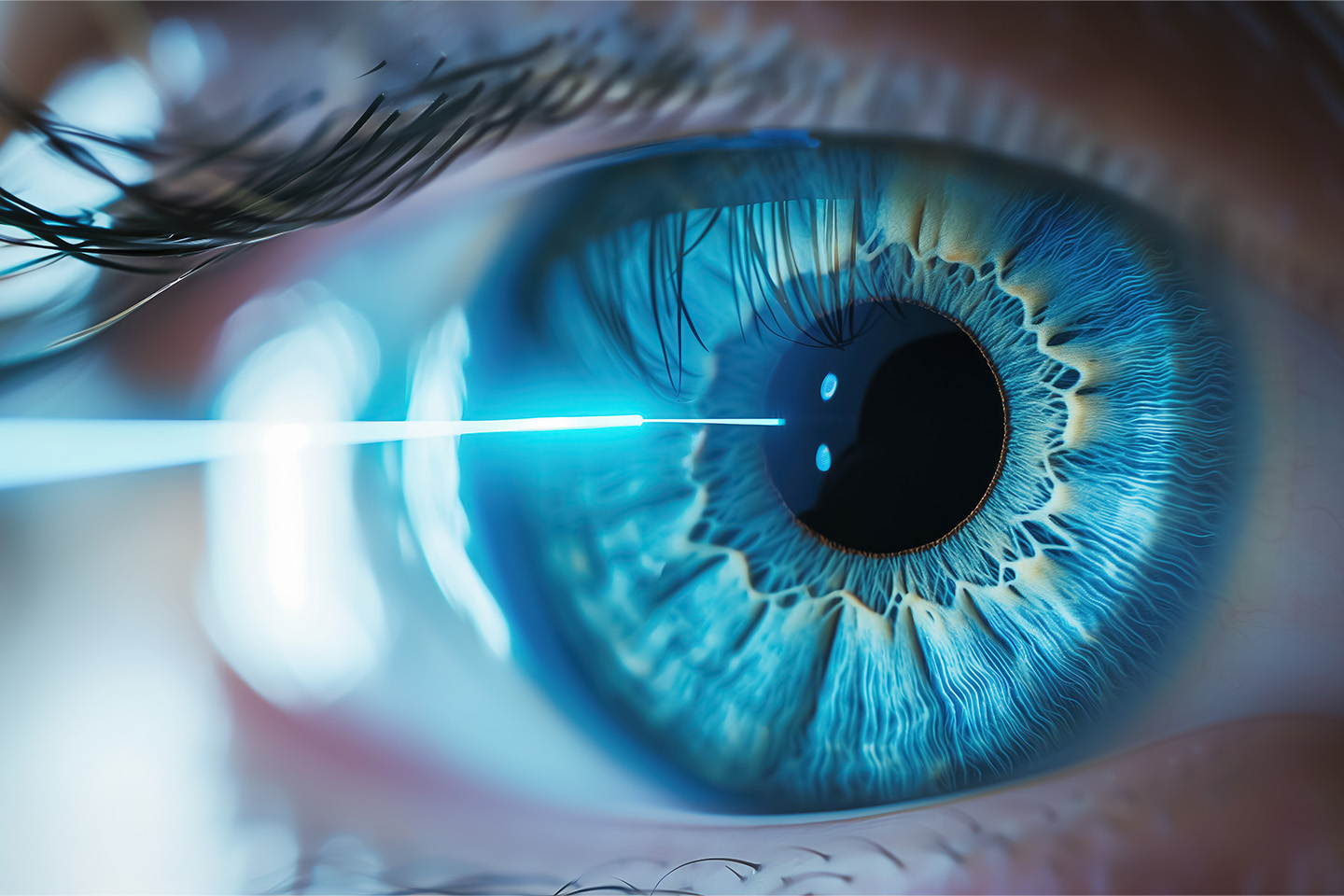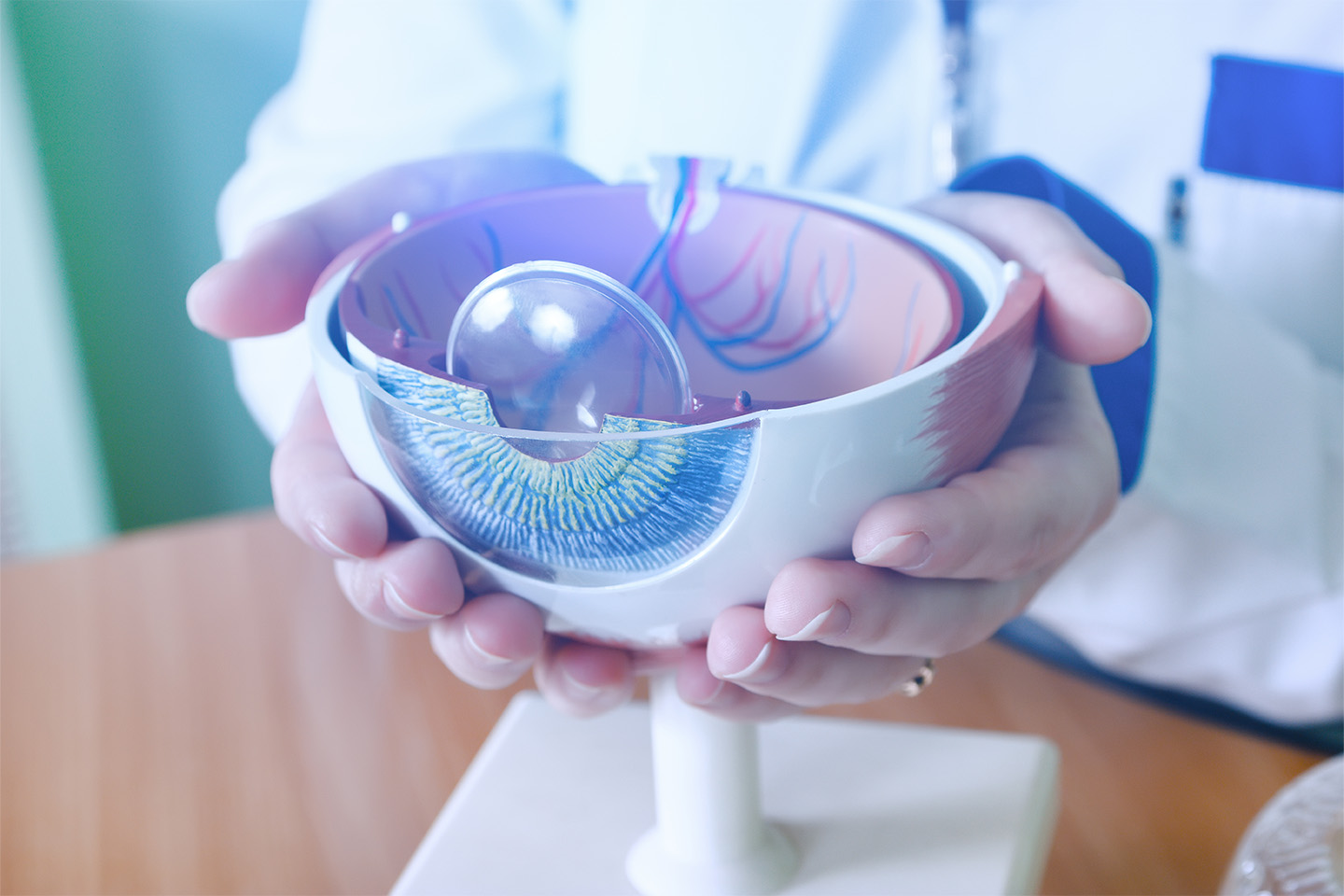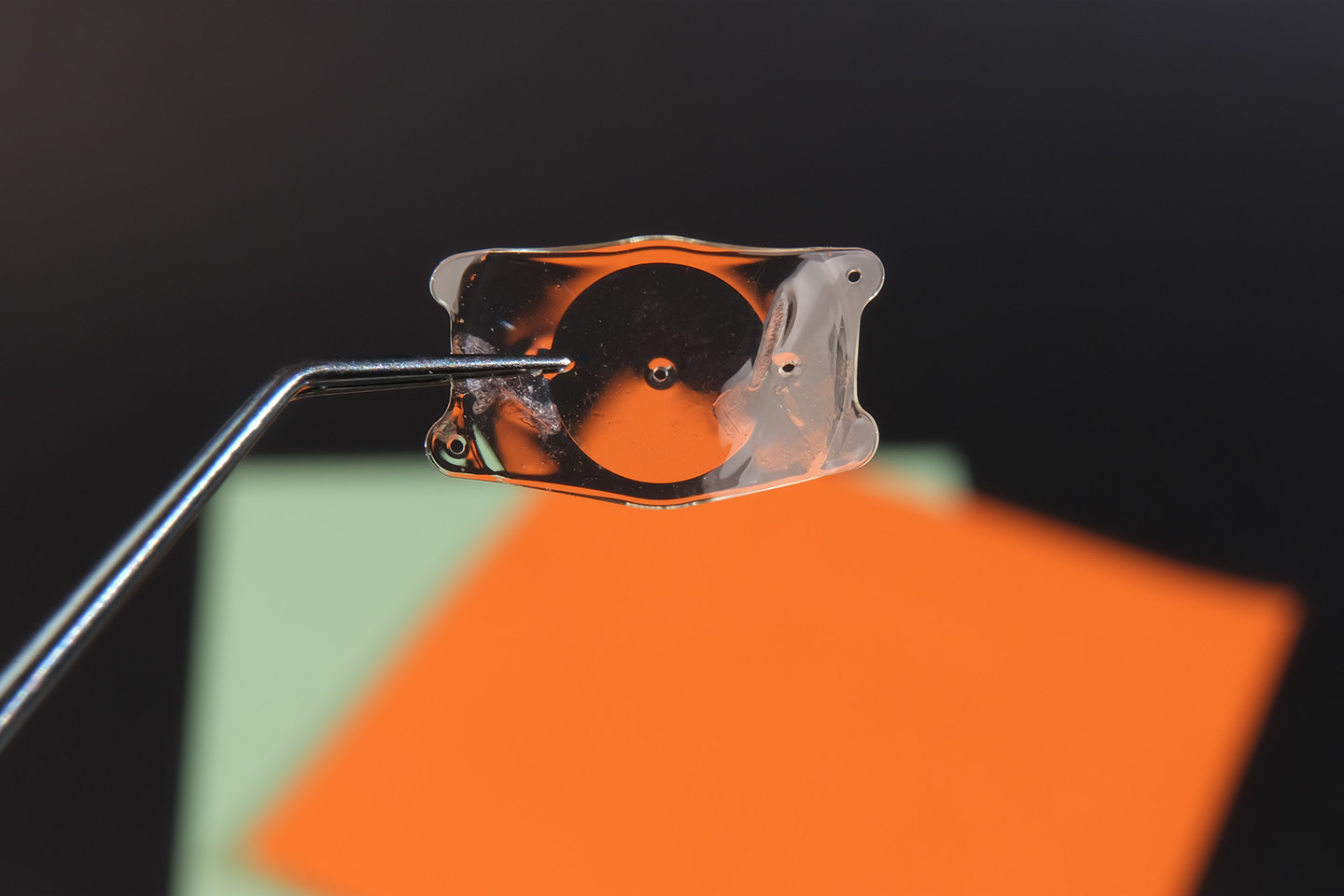Hispanic Heritage Month: Eye Health Among Hispanics and Latinos

Hispanics and Latinos have a higher rate of vision loss and are more susceptible to developing some eye conditions. This Hispanic Heritage Month ICON Grand Junction will educate on the reasons behind the gaps in health equity and how to alleviate risks of vision impairment.
What is Hispanic Heritage Month
Hispanic Heritage Month celebrates the history, cultures and contributions of Hispanic and Latino citizens whose ancestors came from Spain, Mexico, the Caribbean, Central America or South America. Since Sept. 15, 1968, the U.S. has honored the many contributions of citizens whose ancestors came from Spain, Mexico, the Caribbean, and Central and South America. What started as Hispanic Heritage Week under President Lyndon Johnson is now a month-long celebration.
Why Are Certain Eye Conditions More Likely to Affect Hispanics and Latinos?
The Hispanic/Latino population of the United States has a higher rate of eye disease than the general population. Diabetic retinopathy, glaucoma, pterygium, and cataracts disproportionately affect Hispanics/Latino populations. Social and economic factors play a role in eye health outcomes. Some factors correlated with poor vision health:
- Diabetes can lead to diabetic retinopathy (the leading cause of blindness in working-age adults in the U.S.). Hispanics and Latinos are almost 2.5 times more likely than non-Hispanic whites to have diabetes.
- High eye pressure or ocular hypertension in the eye can lead to glaucoma, resulting in a damaged optic nerve.
- Socioeconomic status. Living in poverty is a proven indicator of poor vision health. According to the latest U.S. census, 19.4% of Hispanics/Latinos live at or below the poverty line as opposed to the national average of 13.4% of all Americans. Lower incomes result in limited access to eye exams and vision care devices such as glasses or contact lenses.
- A lack of bilingual healthcare services. Native Spanish speakers may face cultural and language barriers when dealing with healthcare professionals who only speak English.
- Difficulties in navigating the rules, regulations and requirements of state and federal government, finding bi-lingual assistance and even access to websites can be challenging for Spanish-speaking people, especially those over 40.
- Excessive exposure to bright sunlight can make vision problems more likely. Working outdoors without UVA and UVB protection (including hats and UV400 protection sunglasses) is dangerous to your eye health.
Glaucoma
Glaucoma is a condition causing gradual loss of sight usually related with increased pressure within the eyeball. This disease can be associated with diabetes.
Glaucoma is the leading cause of blindness among Hispanics/Latinos over 40. The CDC estimates that by 2050, half of the people living with glaucoma will be Hispanic or Latino.
Symptoms that can be identified as signs of different types of glaucoma can include:
- Seeing halos around lights.
- Vision loss.
- Redness in your eye.
- Eye that looks hazy (particularly in infants)
- Upset stomach or vomiting.
- Eye pain
If you or a family member are experiencing these symptoms, you should schedule an appointment with an eye care professional as soon as possible. Early diagnosis and treatment helps control glaucoma.
Risk factors for developing glaucoma include:
- Family history of glaucoma
- Over the age of 60
- Medical conditions like diabetes
- Thin corneas
- High eye pressure
Some of the ways to reduce the risks of developing glaucoma include:
- Watching your diet. Monitor your blood pressure and glucose levels.
- Getting regular eye exams. Monitor your vision health to catch and treat any problems that may develop as soon as possible.
Diabetic retinopathy
Diabetic retinopathy is a diabetes complication caused by damage to the blood vessels of the light-sensitive tissue at the back of the eye (retina). Some of the risk factors associated with diabetic retinopathy among Hispanic and Latino populations include:
- Obesity
- Poor control over blood sugar level
- High blood pressure
- High cholesterol
- Tobacco use
- Genetic predisposition
Some of the ways to reduce the risks of developing diabetes and diabetic retinopathy include:
- Healthy lifestyle choices.
- Regular eye exams. See your vision care professional to diagnose any problems early.
- Control blood sugar levels, blood pressure and cholesterol with your family doctor or primary care provider
Cataracts
Cataracts are when the normal eye lens clouds up, like seeing through a gauze screen or frosted window. Cataracts can cause difficulty with normal activities like driving a car (especially at night), reading, or even interpreting facial expressions at a distance.
Research shows that Hispanic/Latinos are more likely to develop cataracts at higher rates than the general population; by the age of 70 around 50% of Hispanic/Latinos will develop cataracts.
Risk factors in cataract development include:
- Increasing age.
- Diabetes.
- Excessive exposure to sunlight.
- Smoking.
- Obesity.
- High blood pressure.
- Previous eye injury or inflammation.
- Previous eye surgery.
Ways to reduce risks include:
- Limiting exposure to bright sunlight with hats and UV400-rated sunglasses
- Monitoring your diet to decrease the risk of developing diabetes
- Watch your weight and exercise regularly
- Monitor and take care of any signs of high blood pressure
- Stop smoking or using other tobacco products
- Eye exams by a qualified vision care specialist
Pterygium
A pterygium is a wedge-shaped noncancerous growth that starts in the eye’s clear, thin tissue (conjunctiva). It covers the white part of the eye (sclera) and when a pterygium forms, it extends onto the cornea. It is often slightly raised and may contain visible blood vessels. It can manifest in one or both eyes.
Some pterygium risks include:
- Excessive exposure to bright sunlight without eye protection.
- Exposure to dusty or sandy conditions for extended periods of time.
- Older age.
You can reduce risk by wearing eye protection. Sunglasses that can block up to 99%-100% of UVA and UVB rays are rated at UV 400. Wear hats when working or recreating in bright sunlight.
How Can You Protect Your Eye Health?
Some of the ways to minimize the risk of eye disease and promote good eye health include:
- Use good eye care practices in full sunlight. Wear sunglasses that will protect your eyes 99% to 100% of UVA and UVB rays. UV 400-protected sunglasses will do this.
- Learn about your family vision history. Ask about any eye diseases affecting other family members.
- Get enough exercise and eat healthy foods to minimize the risk of obesity, diabetes, and high blood pressure.
- Don’t ignore vision changes or problems. Schedule regular eye exams with your vision care professional.
Get Care at ICON GJ
The ICON Grand Junction location has bilingual staff to help provide accessible eye care. If you’re interested in learning more about our services or if you’d like to schedule an appointment, contact ICON Eyecare today.
[DISPLAY_ULTIMATE_SOCIAL_ICONS]








